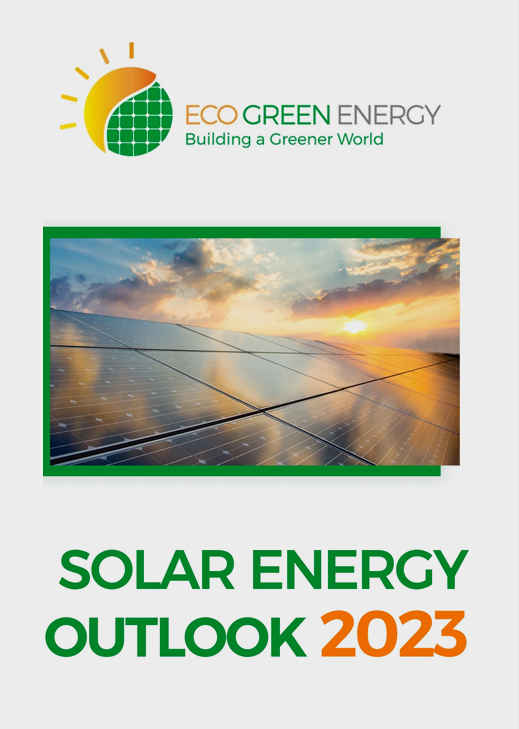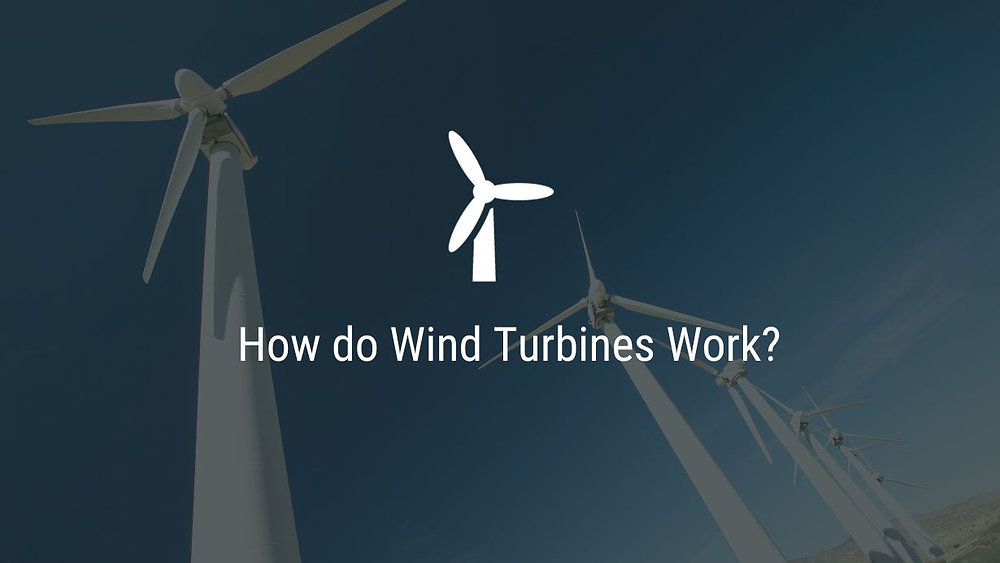Wind energy is one of the fastest-growing sources of renewable energy worldwide. But how exactly do wind turbines turn wind into electricity? The process may sound complex, but it’s based on a simple principle: wind turbines convert the kinetic energy of the wind into electrical energy, providing us with a clean and sustainable power source.
Wind is essentially a form of solar energy, created by a combination of three natural processes:
- The uneven heating of the Earth’s atmosphere by the sun
- Irregularities in the Earth’s surface such as mountains, valleys, and bodies of water
- The rotation of the Earth, which influences wind patterns globally.
As wind flows across the Earth’s surface, it interacts with the landscape and weather patterns, creating varying wind speeds and directions. This movement of air, or wind, can be harnessed for various purposes—from sailing and flying kites to generating electricity.
How Wind Turbines Convert Wind Into Electricity
At its core, the operation of a wind turbine is quite straightforward. Wind turbines use the natural flow of wind to generate mechanical energy, which is then converted into electricity through the following steps:
- Wind hits the blades: The blades of a wind turbine are designed to catch the wind, much like the wings of an airplane or the rotor blades of a helicopter. As the wind blows over the blades, it creates a pressure difference. The air pressure on one side of the blade decreases, generating lift. This lift force, which is stronger than the drag force opposing it, causes the rotor (the large central spinning component) to rotate.
- Rotor spins the generator: The rotor is connected to a generator, which produces electricity. In direct-drive turbines, the rotor connects directly to the generator. In other turbines, a gearbox is used to increase the rotational speed, making it easier for the generator to produce electricity efficiently. The conversion of mechanical energy (from the wind) into electrical energy is the main function of a wind turbine.
Types of Wind Turbines
Wind turbines can be classified into two main types based on their rotor orientation and design:
- Horizontal-Axis Wind Turbines (HAWT)
- These are the most common type and are the kind most people envision when they think of wind turbines.
- Horizontal-axis turbines usually have three blades and operate “upwind,” meaning the blades face into the wind. The entire rotor pivots at the top of the tower to ensure that it always faces the wind.
- Vertical-Axis Wind Turbines (VAWT)
- Vertical-axis turbines are less common but are growing in popularity, especially for smaller applications.
- The most notable type is the “Darrieus” model, which has blades that resemble an eggbeater. This design is omnidirectional, meaning it doesn’t need to be adjusted to point into the wind to operate.
Where Are Wind Turbines Installed?
Wind turbines can be installed on land or offshore, depending on their application and size. Both types of installation have their unique advantages.
- Land-Based Wind Turbines
- These turbines range in size from small (100 kilowatts) to very large (several megawatts).
- Larger turbines are more cost-effective and are often grouped together into wind farms, which are large-scale installations that generate bulk power for the electrical grid.
- Land-based turbines are the most common type in use today and are typically found in areas with consistent and strong winds, such as the Midwest in the U.S. or northern Europe.
- Offshore Wind Turbines
- Offshore turbines are massive structures, often taller than the Statue of Liberty, that are installed in bodies of water, such as oceans or large lakes.
- These turbines can capture stronger, more consistent winds over the ocean and generate substantial amounts of electricity.
- Offshore wind installations avoid the transportation challenges of land-based turbines, as components can be transported by ship rather than on roads, making them ideal for regions with vast coastlines.
Distributed Wind and Hybrid Systems
In addition to large, grid-connected wind farms, there are also smaller-scale applications where wind turbines are used directly on-site to generate electricity.
- Distributed Wind
- This refers to wind turbines that are installed on the “customer” side of the electric meter, or directly at the location where the energy will be used, such as homes, farms, or small businesses.
- Small turbines, typically less than 100 kilowatts, are used in these applications and are often found in rural or remote locations.
- Distributed wind systems can be standalone or connected to the grid to supply power when needed, providing a local source of renewable energy.
- Hybrid Wind Systems
- In some cases, wind turbines are used in combination with other energy resources, such as solar power, diesel generators, or batteries. These hybrid systems are ideal for off-grid locations or areas with intermittent power supply.
- Hybrid wind systems provide energy resilience, especially in remote or disaster-prone areas, ensuring a reliable supply of electricity even when the main grid is unavailable.
The Future of Wind Energy
Wind energy is rapidly advancing with technological innovations that continue to increase the efficiency and cost-effectiveness of turbines. From large offshore installations to small, distributed systems, wind power is becoming an essential part of the global energy mix. As countries and communities move towards cleaner, renewable sources of energy, wind turbines are playing a key role in reducing reliance on fossil fuels and mitigating climate change.
Whether on land or at sea, the power of wind is being harnessed in more innovative ways, creating a cleaner, greener future for energy generation.
Wind turbines work by converting the natural motion of the wind into electricity, using the force of aerodynamic lift to turn blades that spin a rotor, which powers a generator. Whether large-scale land-based turbines, massive offshore turbines, or small distributed wind systems, each type of wind turbine helps reduce carbon emissions and create a more sustainable energy future. The continued growth and innovation in wind energy promise a cleaner, more energy-efficient world.
Total Views: 0

